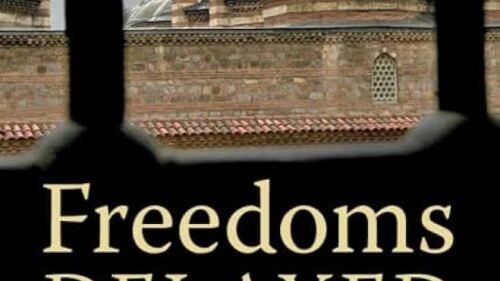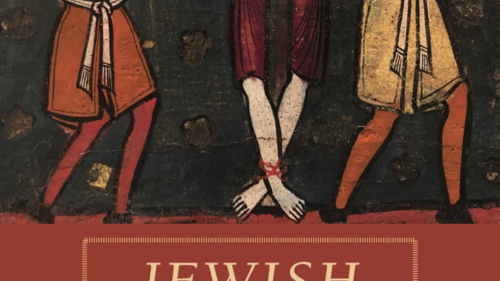Kinzer, a reporter for The New York Times, believes that one of the roots of Middle East terror is the U.S.-assisted overthrow of Iranian prime minister Mohammad Mossadegh in 1953. He (yet again) resurrects this story of intrigue on the grounds that “it’s not far-fetched to draw a line” from the attacks of September 11 to Iran’s Islamic revolution in 1979 to the Mossadegh affair, which restored the shah’s power and thwarted communist designs on Iran.
All the Shah’s Men is quite thrilling. Kinzer artfully builds suspense, plausibly explains the motivations of all the actors, and provides a blow-by-blow account of “Operation Ajax.” He also does a good job of getting the reader up to speed on Iranian history. But he wrongly downplays America’s well-founded fears of rising communist sentiments in Iran. Although Mossadegh was not a communist himself, he drew support from Iran’s communist Tudeh party, which was growing in power and popularity.
Also, while Kinzer believes the Central Intelligence Agency pulled all the strings to eject Mossadegh, a vast Iranian body of literature suggests that Mossadegh was eventually driven from office because he alienated Iran’s clergy and the bazaaris (middle class merchants), whose support is vital for any political figure in Iran. Kinzer’s bibliography reveals he did not cite one Iranian source illuminating this view.
Even more problematic is Kinzer’s argument that had Mossadegh stayed in power, Iran might have developed into a democracy. He holds that because Washington chose to support Mohammad Reza Shah, whom Kinzer portrays (to a distorted extreme) as a corrupt autocrat, Iran’s democratization efforts were stymied. When anger toward the shah boiled over nearly three decades later, and Ayatollah Ruhollah Khomeini overthrew the monarchy, it was a delayed reaction to the 1953 coup. This cause-and-effect analysis is purely speculative, particularly in light of the growing appeal of radicalism throughout the region in recent decades.
In the end, drawing a twenty-six year line from the Mossadegh affair to the Iranian revolution casts serious doubt upon Kinzer’s analysis. Drawing an even longer line from Mossadegh to September 11 ultimately undermines the reader’s faith in Kinzer’s understanding of history. Thus, All the Shah’s Men does not measure up to Kinzer’s previous book, Crescent and Star: Turkey between Two Worlds (Farrar, Straus & Giroux, 2001), which received well-deserved critical acclaim.[1]
[1] See the Middle East Quarterly review, Summer 2001, p. 87.



